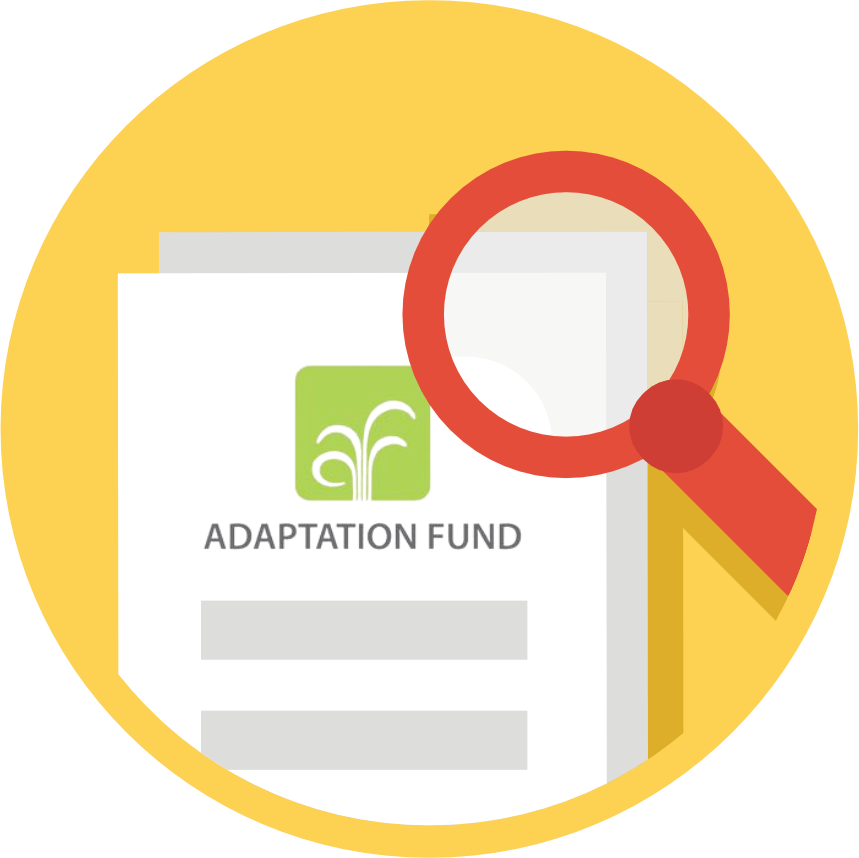[wpcode id=”92″]
2016

2020
Perjanjian ini ditandatangani antara Green Climate Fund (GCF) dan KEMITRAAN. Perjanjian ini meresmikan akuntabilitas KEMITRAAN dalam melaksanakan proyek-proyek yang disetujui oleh GCF.
Untuk diketahui, GCF adalah dana khusus terbesar di dunia yang membantu negara-negara berkembang untuk mengurangi emisi gas rumah kaca dan meningkatkan kemampuan mereka dalam merespons perubahan iklim.
Dana ini dihimpun oleh Konvensi Kerangka Kerja PBB tentang Perubahan Iklim (UNFCCC) pada tahun 2010. GCF memiliki peran penting dalam mewujudkan Perjanjian Paris, yakni mendukung tujuan untuk menjaga kenaikan suhu global rata-rata di bawah 2 derajat celsius.

2000-2003

2003

1999-2000

2020
This agreement was signed between Green Climate Fund (GCF) and PARTNERSHIP. This agreement formalizes KEMITRAAN’s accountability in implementing projects approved by the GCF.
For your information, the GCF is the world’s largest special fund that helps developing countries reduce greenhouse gas emissions and increase their ability to respond to climate change.
These funds were collected by the United Nations Framework Convention on Climate Change (UNFCCC) in 2010. The GCF has an important role in realizing the Paris Agreement, namely supporting the goal of keeping the average global temperature increase below 2 degrees Celsius.

2020
This agreement was signed between Green Climate Fund (GCF) and PARTNERSHIP. This agreement formalizes KEMITRAAN’s accountability in implementing projects approved by the GCF.
For your information, the GCF is the world’s largest special fund that helps developing countries reduce greenhouse gas emissions and increase their ability to respond to climate change.
These funds were collected by the United Nations Framework Convention on Climate Change (UNFCCC) in 2010. The GCF has an important role in realizing the Paris Agreement, namely supporting the goal of keeping the average global temperature increase below 2 degrees Celsius.

2016

2003

2000-2003

1999-2000

1999-2000

